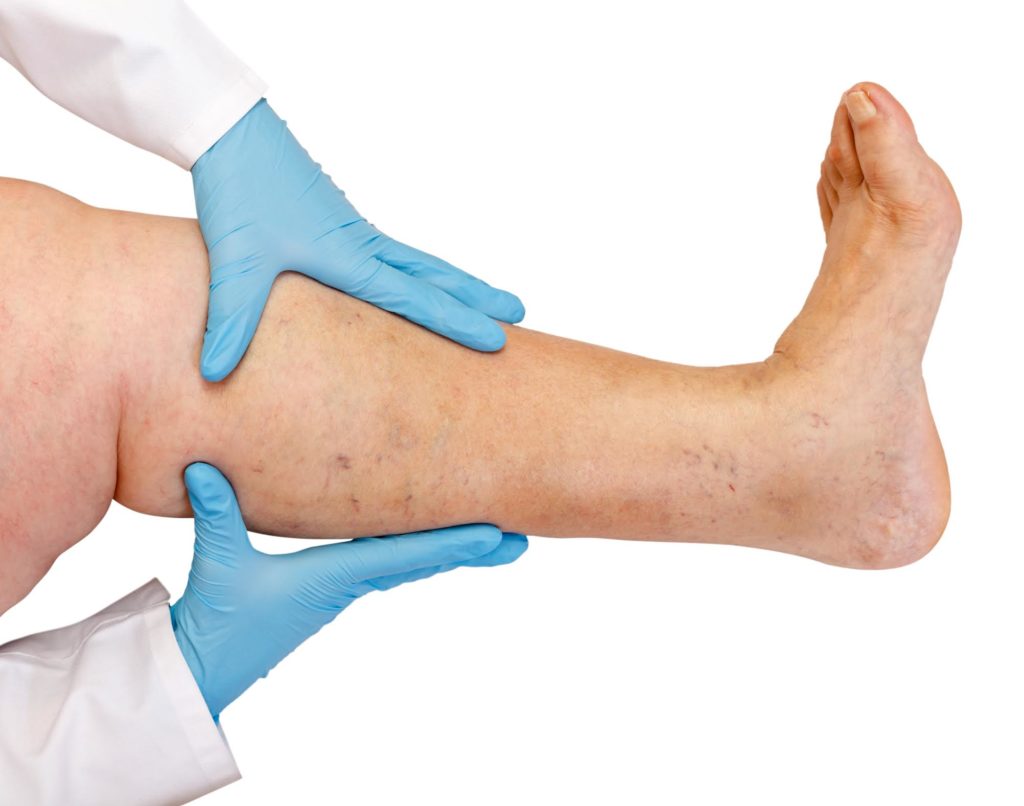
What Is Diabetic Limb Salvage

Diabetic limb salvage can mean the difference between amputation and healing of a wound. With modern medical advances, it is now possible to heal potentially life threatening wounds in a podiatrist in Port Washington NY. Rather than amputating as a means of preventing widespread infection, the limb can be saved through intensive care. Usually, this means working to increase blood flow to the area. We now perform this procedure at Great Neck Family FC.
Types of Limb Salvage
- Angioplasty – Procedure that pushes plaque against the walls of the artery. Aids in blood flow and healing of the wound. Nominally, it prevents necrosis, a.k.a. death of bodily tissue.
- Atherectomy – An attempt to excise the plaque from the arteries surgically. This is done when there is simply too much plaque to be pushed against the walls of the artery. The patient is monitored for infection with healing.
- Stenting – Essentially, a sterile balloon is pushed into the arteries. It is then inflated to push the plaque against the arteries, similar to an angioplasty. Recovery time is minimal.
- Bypass – Literally bypassing the blockage. A vein or synthetic tube is used to supply blood to the wound around the blockage.
All of these are proven methods for saving a wounded limb in a diabetic patient. We perform all of these as a podiatrist in Port Washington NY. The patient may also be asked to eat a specialty diet high in protein, Vitamin A, Vitamin C, Zinc, and Iron. This could supplement wound care.
Signs of an infection: Contact A Podiatrist in Port Washington NY
An infection is one of the most problematic occurrences for diabetics. Not only are they often found later because of nerve damage, but deteriorating blood flow to the area can prevent healing of the wound. A minor infection a healthy individual would fight off could prove deadly with visiting a podiatrist in Great Neck NY.
- The surrounding tissue is red and warm – The wound may appear discolored and hot to the touch if an infection begins. In fact, this is a telltale sign of infection as few other diseases cause this around a wound.
- The wound is oozing puss – If the wound is oozing puss, typically that is a sign of the body combating infection. Visit a podiatrist in Great Neck NY, even if the wound has not progressed or seems under control.
- You are physically unwell (vomiting, no appetite, fever, diarrhea) – if this is occurring, even if the wound is not that bad, it can be a sign of a mild or widespread infection. We highly recommend visiting a doctor if this occurs.
While a diabetic wound can be treated and the limb saved, this is the last resort. Frankly, it’s still optimal that a patient exercises and eats a healthy diet. This will reverse the effects of diabetes and naturally increase blood flow across the body. Still, if you are experiencing any of these signs, visit a podiatrist in Port Washington NY, Great Neck Family Foot Care are today.



